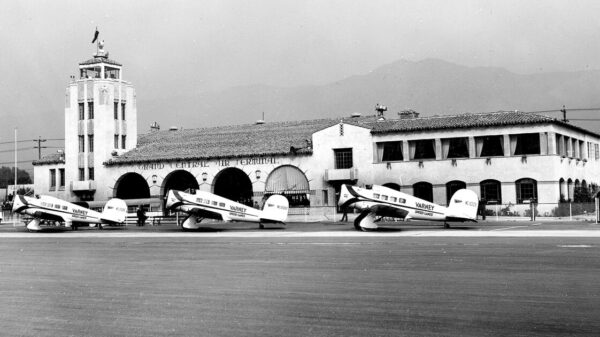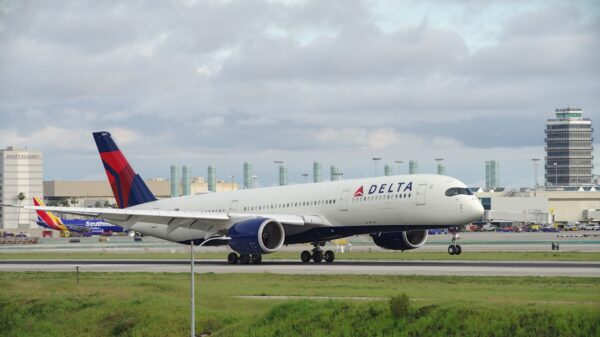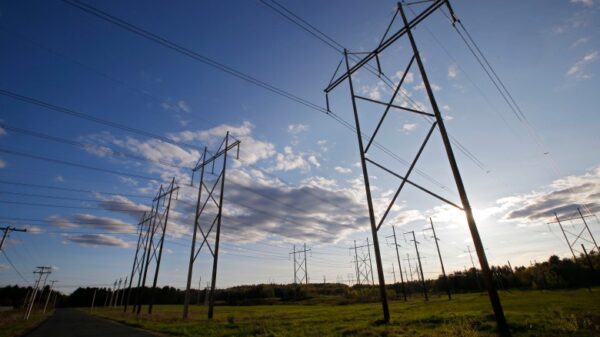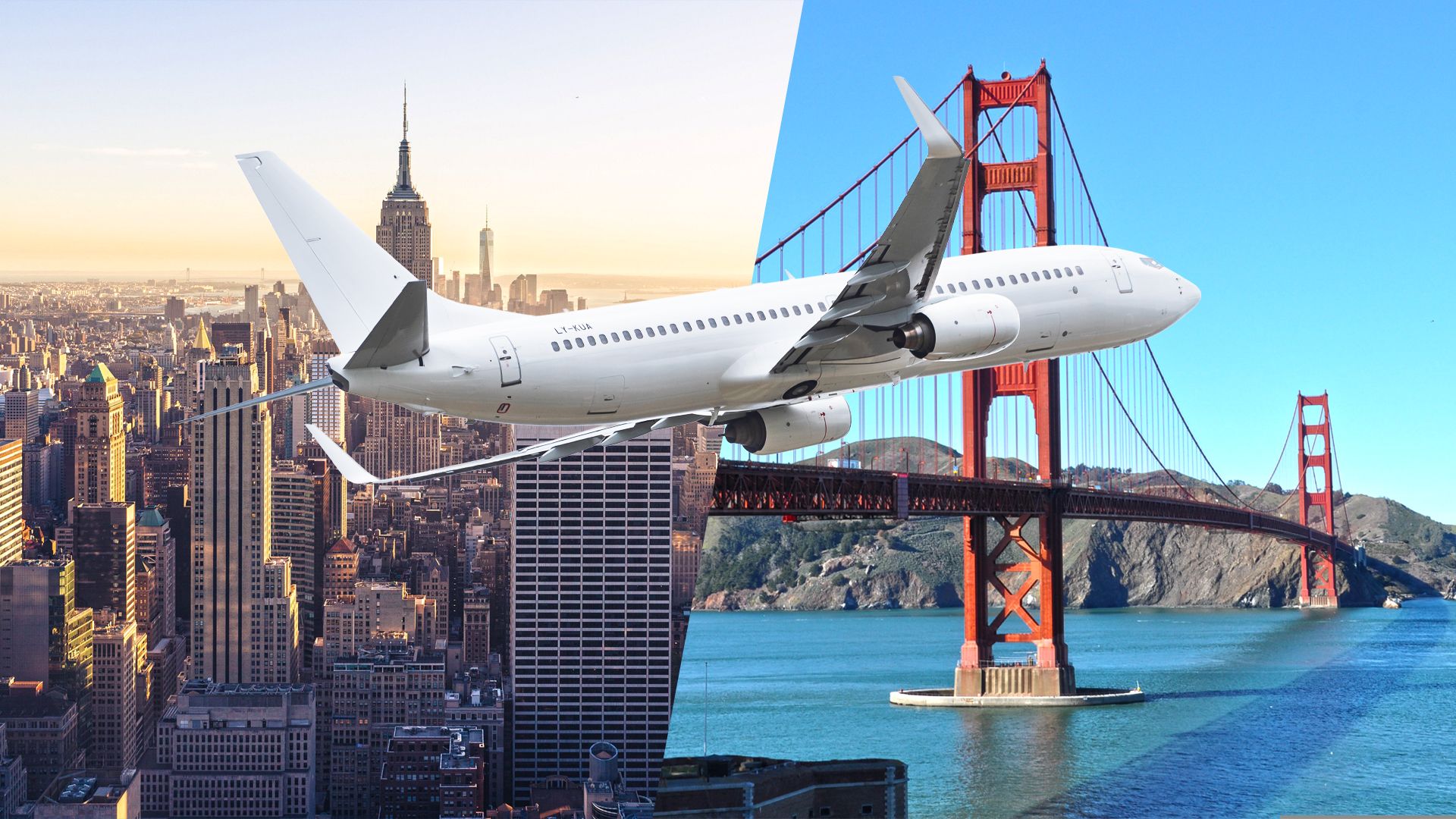Airline connectivity across the United States shows a significant disparity between California and New York, with California’s airports leading in reliability. Recent analyses highlight that major hubs in California outperform those in New York, particularly in terms of on-time departures, an essential metric for travelers.
According to research conducted by AAA, California’s major airports consistently achieve higher on-time performance than those in New York. For instance, Los Angeles International Airport (LAX) is the top-ranked airport in the country, boasting an impressive 82.8% on-time departure rate. In contrast, New York’s three major airports—John F. Kennedy International Airport (JFK), Newark Liberty International Airport (EWR), and LaGuardia Airport (LGA)—rank significantly lower, with JFK at 73.1%, EWR at 74.3%, and LGA at 74.5%.
Weather Disruptions Impact New York Airports
A key factor contributing to these statistics is the weather. New York experiences more severe weather-related disruptions, particularly in winter. A report from the New York Post earlier this year indicated that JFK, EWR, and LGA ranked among the top six airports in the U.S. for flight delays due to weather conditions.
Conversely, California benefits from a generally milder climate, which positively influences the reliability of its airports. San Francisco International Airport (SFO) follows closely behind LAX, achieving an on-time departure rate of 81.9%. Additionally, San Diego International Airport (SAN) ranks ninth in the nation with 79.1% on-time performance, demonstrating California’s advantage in air travel reliability.
Navigating the Airports: Convenience and Amenities
When it comes to traveler convenience, LAX offers numerous amenities but is often criticized for its complex layout. Domestic connections generally require a minimum of 45 minutes, while international connections necessitate at least 90 minutes due to customs processing. Ongoing renovations, aimed at enhancing the airport experience before the 2028 Olympic Games, promise improved navigation and services.
In New York, JFK is set to undergo a substantial $19 billion reconstruction project starting in 2026. This redevelopment aims to bolster both infrastructure and passenger experience, as the airport suffers from outdated facilities and a challenging terminal layout, which complicates transit during peak travel times.
Moreover, EWR and LGA have recently invested in extensive renovations to upgrade their services. EWR is introducing a new $3.5 billion AirTrain system to enhance connectivity between terminals and other transport options by 2030. LGA completed an $8 billion redevelopment, earning accolades for modernizing its facilities and improving passenger flow.
Despite these efforts, the chronic shortage of air traffic controllers has exacerbated delays at New York airports, particularly during the recent government shutdown, which compounded existing issues with air traffic management. This has left travelers facing heightened uncertainty regarding layover reliability in New York.
In summary, when evaluating airline connectivity, California’s airports emerge as the clear leaders in on-time performance and traveler convenience. As New York invests heavily in infrastructure improvements, it faces the challenge of overcoming weather-related disruptions and operational inefficiencies that have historically plagued its major hubs.







































































